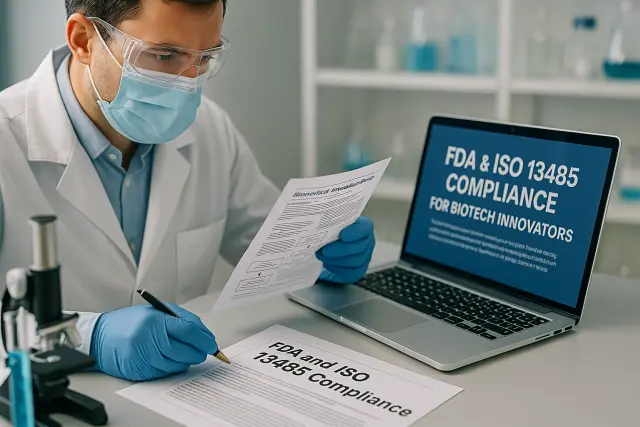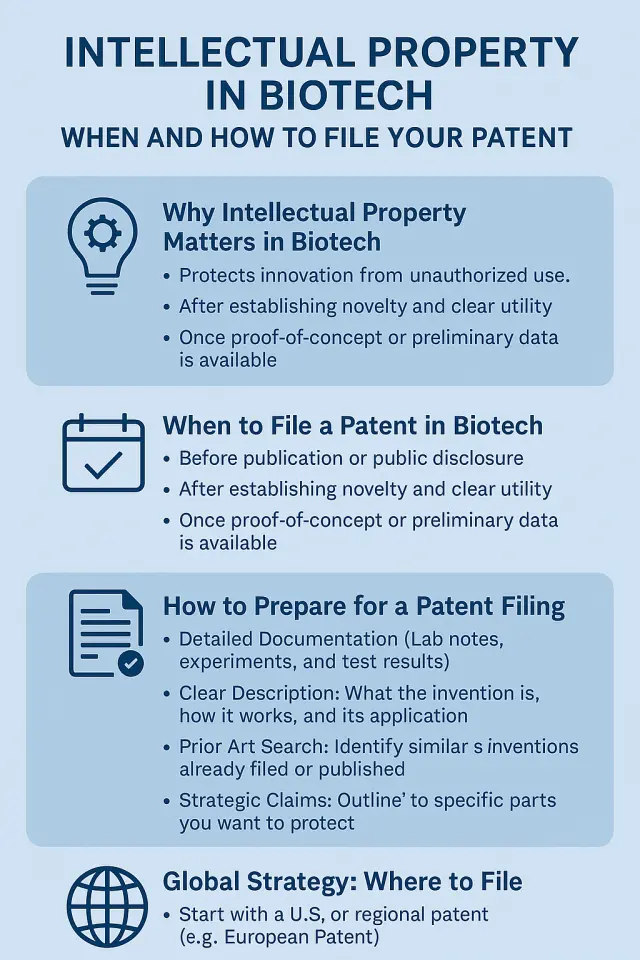Bringing a biotech product to market involves more than scientific breakthroughs. Regulatory compliance is one of the most critical — and often most intimidating — steps in the journey. For biotech startups, understanding FDA regulations and ISO 13485 standards can be the difference between smooth product approval and costly delays.
At ComingTechs, we’ve helped countless innovators navigate this complex landscape. In this blog, we break down these essential compliance standards and offer practical tips to help you stay ahead.
1. What is FDA Compliance and Why It Matters
The U.S. Food and Drug Administration (FDA) regulates all medical devices, diagnostics, and certain biologics to ensure they are safe and effective for public use.
For startups, FDA compliance means:
- Classifying your device correctly (Class I, II, or III)
- Following the appropriate submission pathway (510(k), De Novo, PMA)
- Implementing Design Controls during product development
- Maintaining thorough documentation for audits and inspections
Early alignment with FDA expectations saves time, reduces rework, and builds investor confidence.
2. Understanding ISO 13485: The Global Standard
ISO 13485 is the international standard for Quality Management Systems (QMS) specific to medical devices. It’s essential for companies targeting global markets — especially in Europe, Canada, and Asia.
Key elements of ISO 13485 include:
- Risk-based product development
- Documentation and traceability
- Supplier management
- Continuous improvement processes
ISO 13485 certification shows your commitment to quality and helps streamline future regulatory approvals in non-U.S. markets.
3. FDA vs ISO 13485: What’s the Difference?
| Criteria | FDA (U.S. Focus) | ISO 13485 (Global Standard) |
|---|---|---|
| Scope | U.S.-regulated products | International device markets |
| Required by | Law | Voluntary, often required by buyers |
| Focus | Safety, efficacy, legal compliance | Quality, risk management, QMS |
| Inspections | FDA audits | External audits by notified bodies |
Tip: Companies targeting both U.S. and global markets often design their QMS to meet both FDA and ISO requirements.
4. How to Get Started with Compliance
Getting FDA- and ISO-ready isn’t a one-time task. It’s a process that should begin early in your development cycle.
Here’s what we recommend:
- Conduct a regulatory assessment of your product
- Identify classification and submission pathway
- Develop and implement a QMS
- Maintain a Design History File (DHF) and Risk Management File
- Train your team in documentation and audit readiness
5. How ComingTechs Can Help
At ComingTechs, we provide biotech startups with:
- End-to-end regulatory consulting
- ISO 13485 QMS setup and audit preparation
- FDA 510(k), De Novo, or PMA submission support
- SOP development, risk management tools, and more
Our global experts help you avoid compliance pitfalls, reduce approval timelines, and build investor trust.
✅ Final Thoughts
FDA and ISO 13485 compliance doesn’t have to be overwhelming. With the right support and early planning, you can turn regulatory requirements into a launchpad — not a roadblock.
Need help figuring out where to start? Let’s talk.





